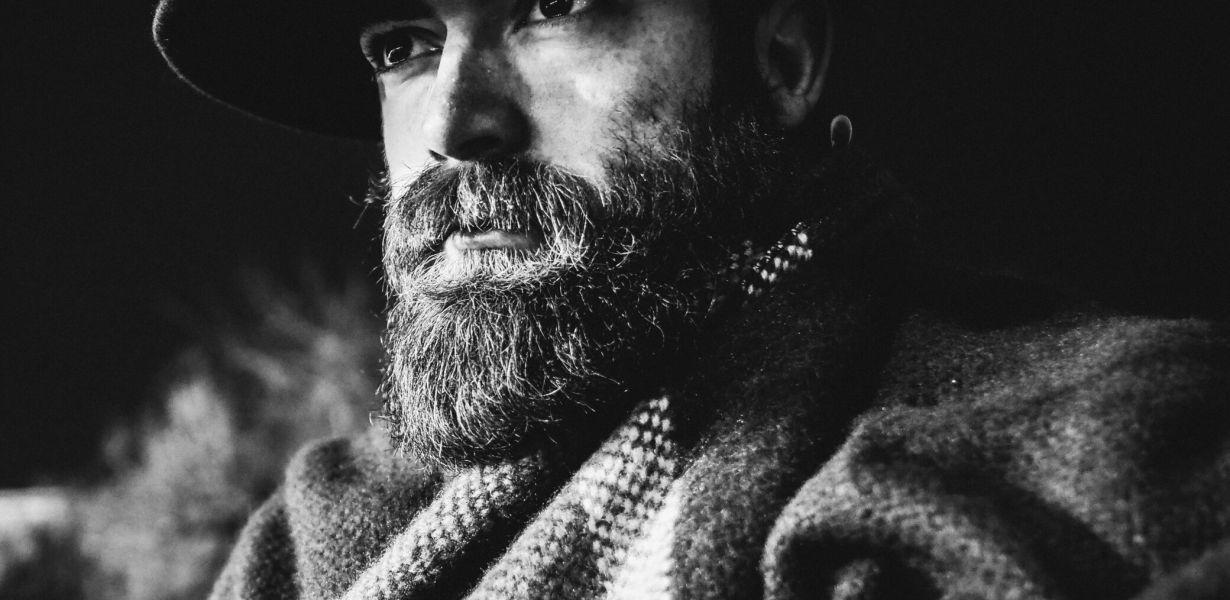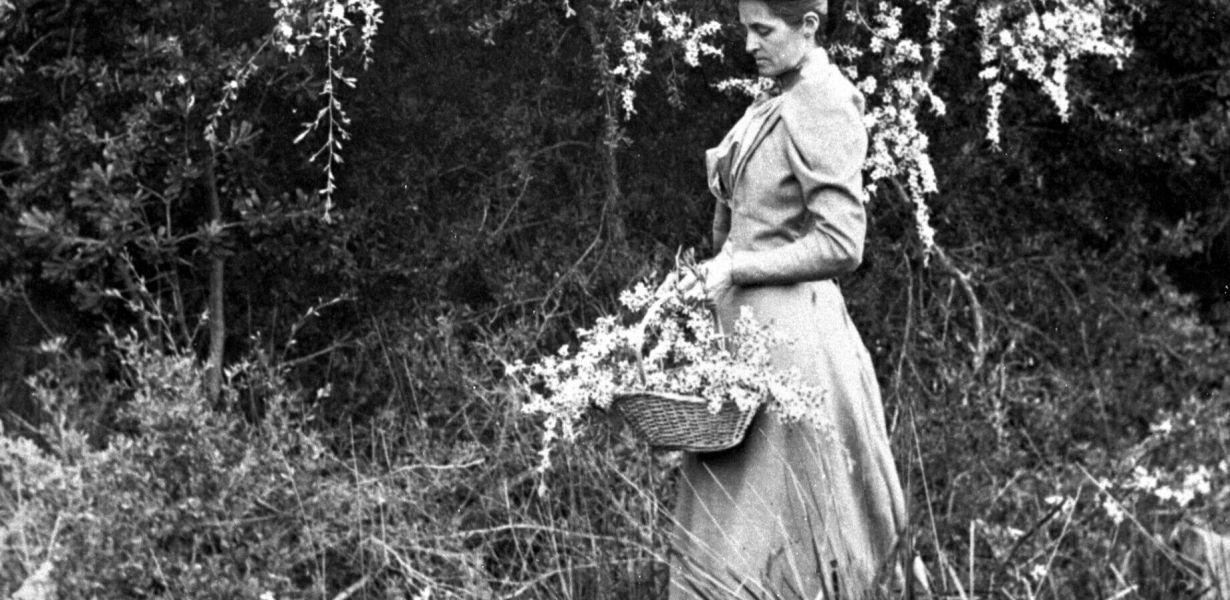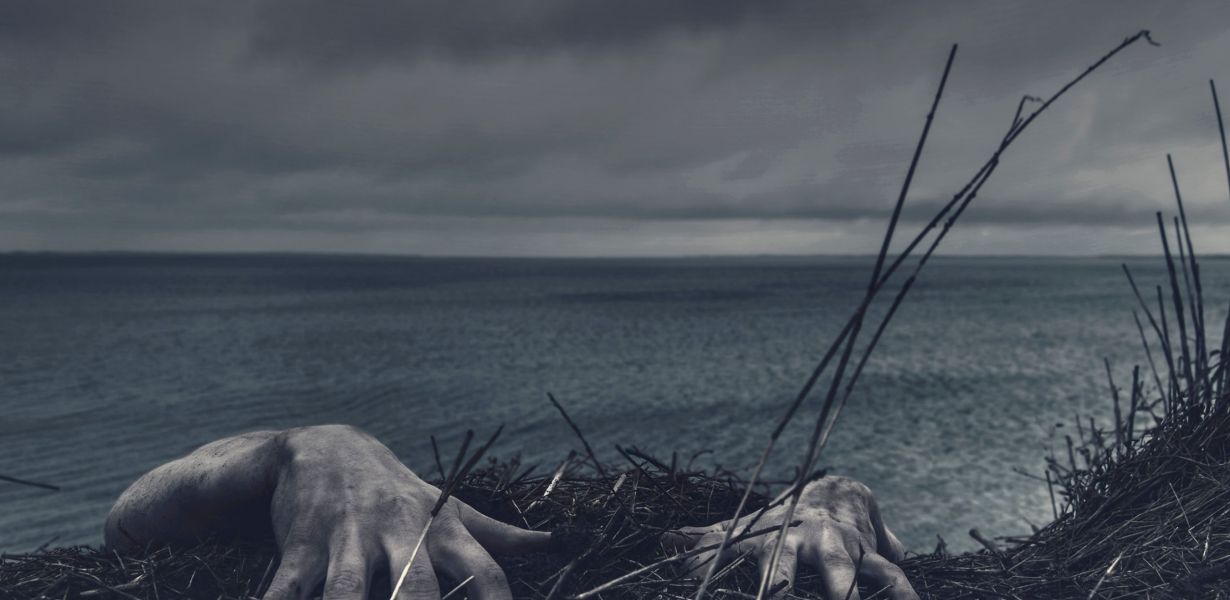All Hallows Eve
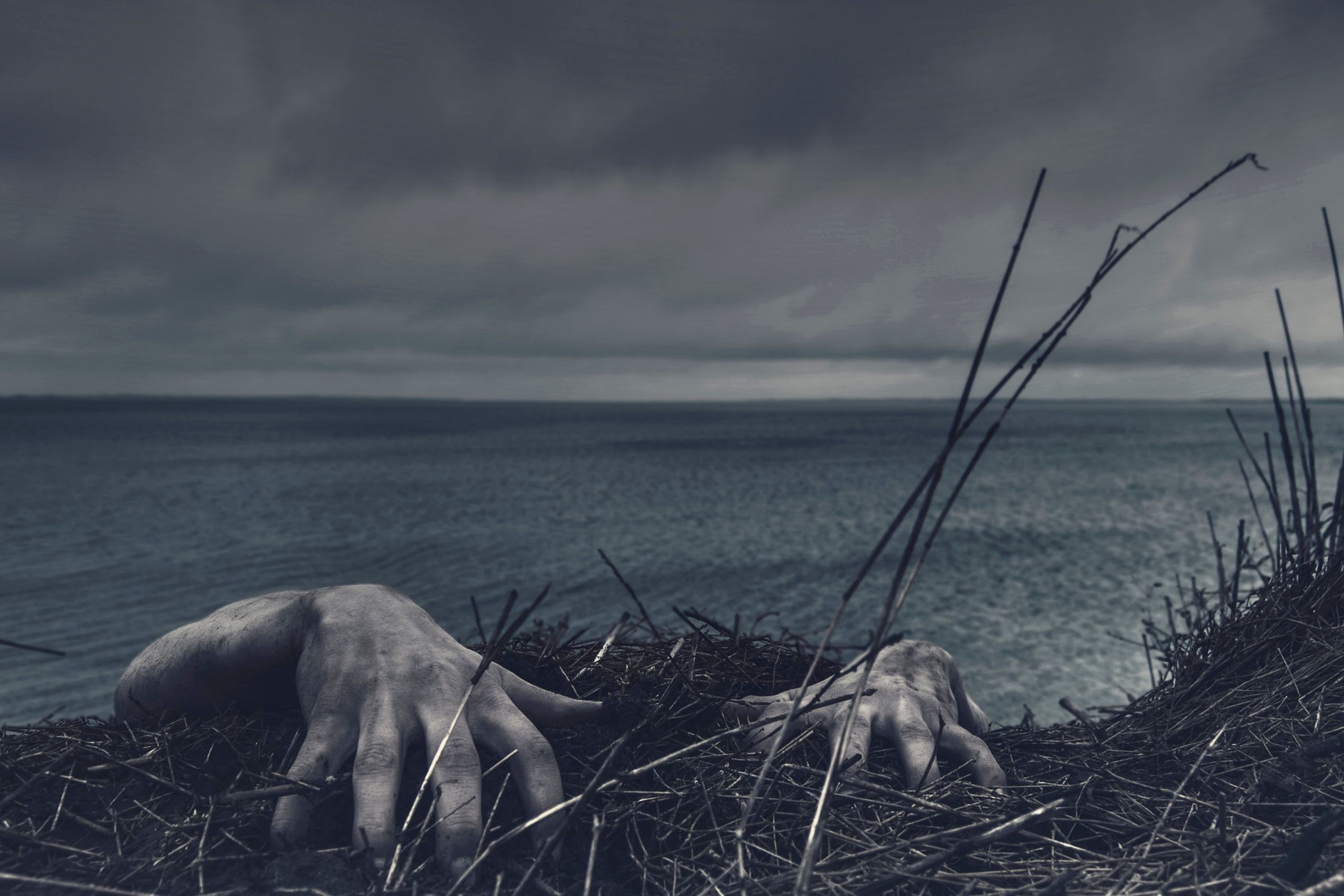
Struggle to redeem souls; monsters become tools for the creation of hell on Earth. Vigilantes are lurking in the shadows like a serpent seeking its prey. Selling the soul to ease is simpler than becoming an angel.
Halloween is a time of scary thrills, but how much do you know about the holiday? Deemed a night of festivities and fun, it’s also a spooky holiday with many dark histories.
The History of Halloween:
Halloween is celebrated on October 31, marking the eve before All Saint’s Day. In some cultures, the day marks the beginning of winter. For centuries, it was believed that this day marked when souls left their graves to wander on Earth for one night during Samhain (a Gaelic festival).
During this time, humans would leave food outside on porches or tables to appease these spirits; sometimes, they were even dressed up as ghosts to trick them into thinking they weren’t haunted. However, we know that Halloween was first celebrated by Celtic people in Ireland and Scotland at the end of October every year around 2-3 thousand years ago.
Impressively enough, they began this holiday without even knowing it. The festival of Samhain was a celebration of the end of their harvest season and a way for them to contemplate winter coming soon, so it involved dressing up in costumes and telling scary stories. It was not until immigrants came to America from Europe that Halloween became such a huge event here, although it did lose some of its spookiness along the way.
Halloween today is one of the most recognizable and widely celebrated holidays in America.
Halloween was not celebrated in America until Irish immigrants brought it over during the 1800s, but once it took hold, it eventually evolved into the “spooky” tradition celebrated today.
This is where we get some of our common Halloween symbols like pumpkins and witches; however, we don’t know for sure where those ideas came from. We know that Halloween has always been a scary holiday with kids dressing up as something else to receive candy. Although at first, it was only limited to ghosts and goblins, now, come October 31, you can dress up as almost anything your heart desires. However, a few things have not changed about Halloween: trick-or-treating is still a big part of the celebration, and so is telling ghost stories.
Michael Myers
The brutal murder of Judith Myers has haunted the fictional town of Haddonfield, Illinois, ever since it happened on October 31, 1963. So, you might know this story better as the inspiration for the movie “Halloween.”
But others know it by heart. They can tell you about Will Brennan scaring his friend Tommy Doyle about the “boogeyman,” who was left home alone with babysitter Lori Strode.
They can tell you about the escaped mental patient Michael Myers returns to his hometown and stalks teenagers after murdering his sister Judith Myers on Halloween night 1963. They can tell you about the final confrontation between Michael, Dr. Loomis, Lori Strode, and young Jamie Lloyd, among many others.
These people know the story by reading decades’ worth of horror novels and comics or by watching all ten installments in the “Halloween” franchise. These are people who since childhood have been fascinated with one of America’s most famous horror icons: Michael Myers.
A new movie is being released this year, 2021, in the franchise called Halloween Kills.
The Devil
We cannot talk about the history of Halloween without mentioning El Diablo.
“Who is the Devil?” has different answers to different people. Who do you see when you think of the Devil? A Christian would probably imagine Satan; a pagan might envision Cernunnos; somebody versed in mythology might compare this infamous figure to Egyptian Set or Greek Hades, Norse Loki, or Slavic Veles.
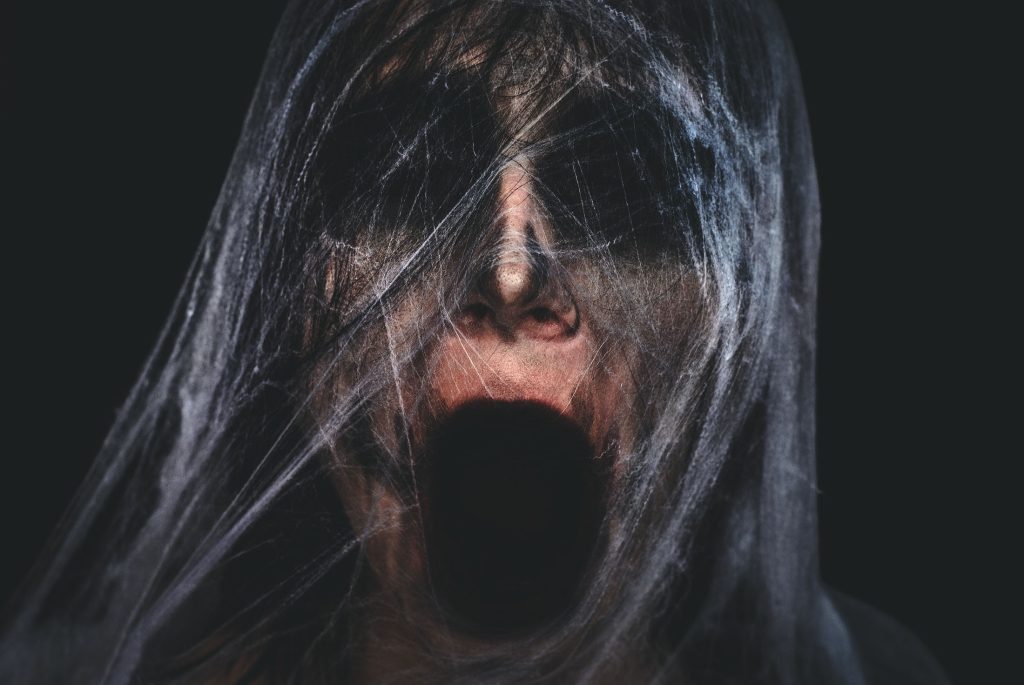
So, many people picture the Devil as some cartoon character with horns, pointy shoes, and a long tail. If we’re talking about the predominant image that comes to mind when thinking of Satan, it’s Milton’s epic poem Paradise Lost. But before John Milton wrote this piece, Christians had no specific visual representation for Beelzebub during medieval times. Commonly seen was just a red, three-headed creature with claws and small horns.
“The traditional devil is usually depicted as having characteristics both animalistic and human, like Baphomet (a goat-headed figure), Cerberus (the legendary three-headed dog who guards the gates of Hades in Greek mythology) or Set (an ancient Egyptian god).” For most of us living today, that’s all we know about the Devil; that haunting image of Satan transposed into our minds by Milton.
What is your favorite type of candy?
In Europe during the 1600s and 1700s, costumed children were door-to-door, asking for treats to eat and telling adults that the ghosts would come after them if they did not give them treats. Even though it wasn’t ghosts, children were often described as a scare tactic.
In the early 1800s, candy started being given out for these tricks – imagine how much candy even one piece of candy was back then. In Ireland, you could get up to five eggs or an apple or two pieces of fruit for your trick or treating. Nowadays, kids can go through a whole bag of candy in one night. Trick-or-treating has been part of Halloween since its beginning, and children have always dressed up as something else, whether it was scary like ghosts and goblins, cute like fairies, or funny looking like big-headed babies.
Sugar is found in almost all types of candy available worldwide, but there are even more sugary types of candy than one might initially think.
Many of these are considered children’s candy, but older buyers enjoy many.
Sugary candies have been around for a long time. Although they can be found in virtually every grocery store, gas station, and so on, their making is still quite expensive, which deters from the amount of candy produced by manufacturers.
The best-known sugary candies can be found in a bag of mixed sweets, such as M&M’s, Reese’s Pieces, and Skittles. Other famous types include Tootsie Rolls, Trolli Gummi Bears, and Jolly Ranchers.
What makes sugary candy so appealing is that it melts in one’s mouth, which helps release its flavor.
Pop In the Vampire Teeth
This practice of donning costumes derives from the idea that on this day, boundaries between our world and the supernatural realm are broken, allowing spirits to visit Earth freely. This idea dates back thousands of years; in some cultures (such as Celtic), people wore masks representing spirits or demons to avoid being recognized by these beings while they were out gathering food for their families.
The Celts believed these disguises would prevent them from being injured or killed while collecting ingredients necessary to celebrate harvest festivals. However, it is also believed that on this night, witches gather under the guise of Halloween festivities to cast evil spells onto innocent villages. Therefore, wearing costumes and masks on Halloween was a way to avoid these curses.
All the while, it is supposed that ghosts were out watching and could tell who was naughty and who was nice. If you were good, the spirits would pass over your house and not cause any damage. But if you were terrible, they would do something horrible to your home. Therefore, it is believed the tradition of trick-or-treating came about out of pure fear.
The wearing of costumes and masks is still practiced today – although for very different reasons – and the holiday has become a means of celebrating ghouls and ghastly figures, not trying to avoid them.

